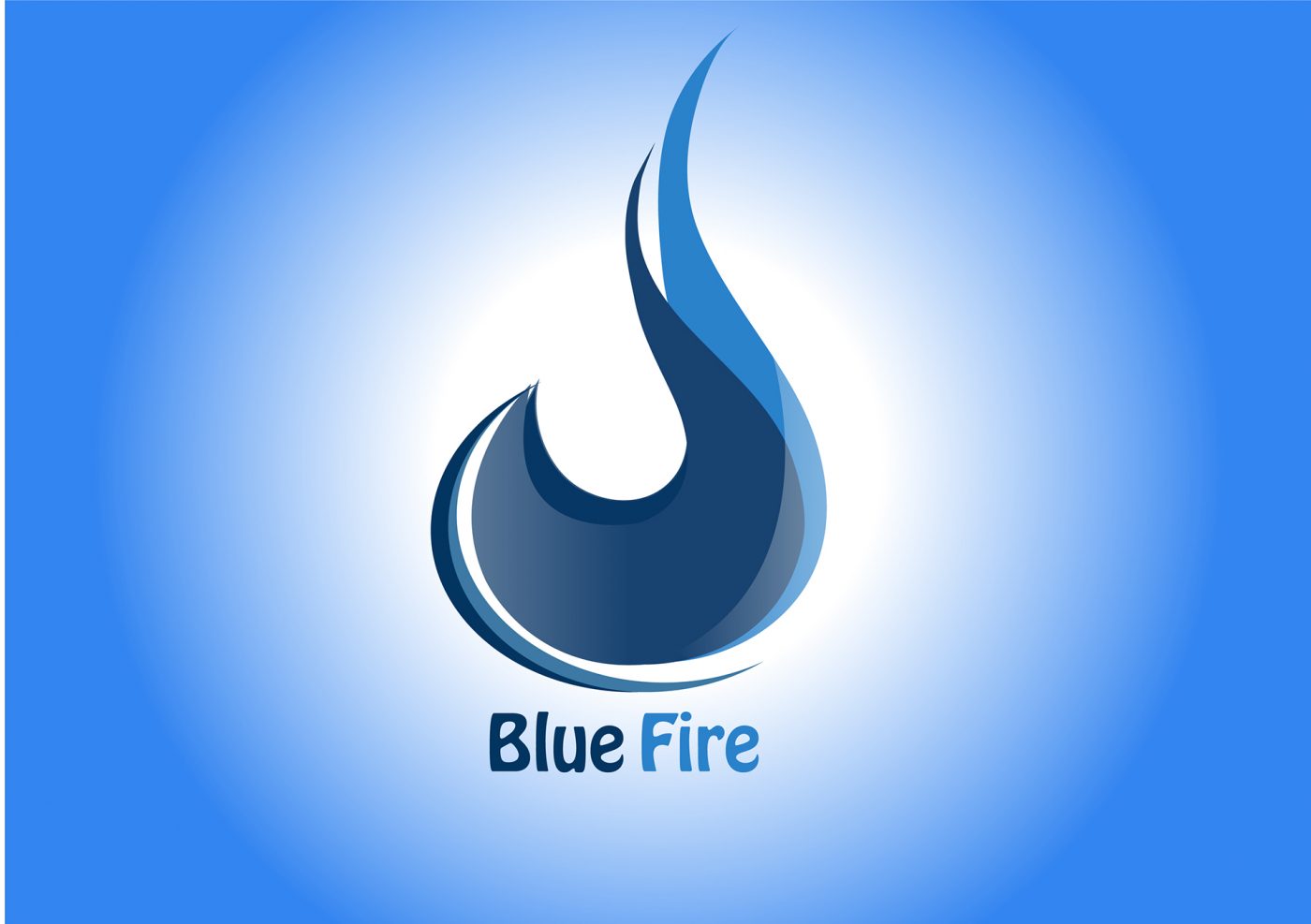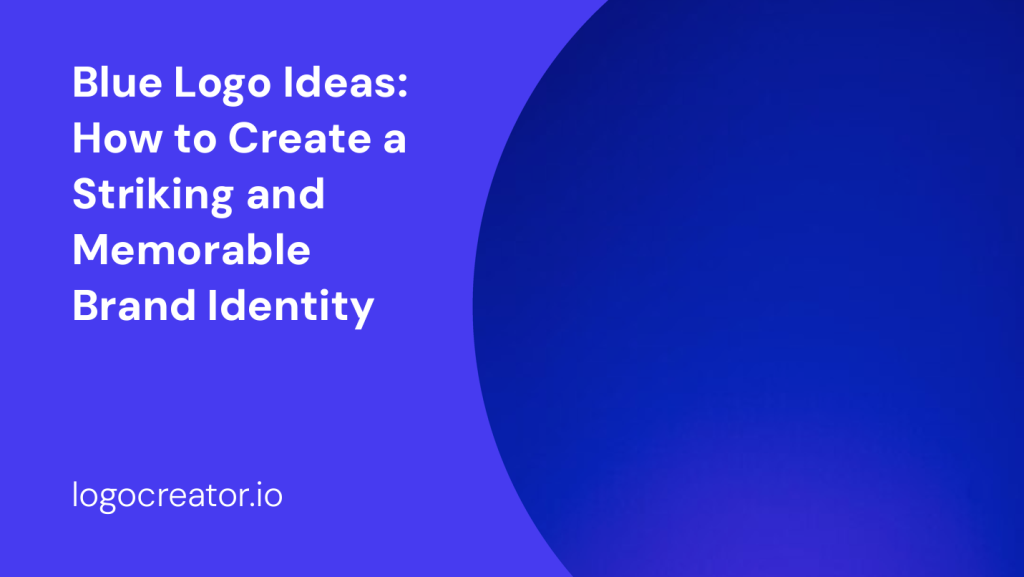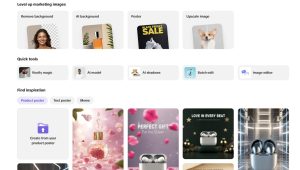Creating a strong brand identity is essential for any business or organization. One of the key elements of an effective brand identity is a well-designed logo. A logo serves as the visual representation of your brand and can leave a lasting impression on your audience. When it comes to logo design, the color blue is a popular choice for its associations with trust, reliability, and professionalism. In this article, we will explore various blue logo ideas and provide tips to help you create a striking and memorable brand identity.
The Power of Blue in Logo Design

Why Choose Blue?
Blue is a versatile color that can evoke a wide range of emotions and associations. It is often associated with qualities such as trust, loyalty, reliability, and professionalism. Many well-known brands, such as Facebook, IBM, and Ford, incorporate blue into their logos to convey these attributes to their audience.
Psychological Impact of Blue
- Trust and Reliability: Blue is widely regarded as a color that instills trust and reliability. When used in a logo, it can help establish a sense of credibility and professionalism.
- Calmness and Serenity: Blue is also known for its calming and soothing effects. It can create a sense of tranquility and serenity, making it an excellent choice for brands in industries such as healthcare, wellness, and finance.
- Dependability and Efficiency: Blue is often associated with efficiency and dependability. It conveys a sense of stability and can be particularly effective in industries such as technology, logistics, and finance.
Blue Logo Design Ideas

Now that we understand the power of blue in logo design, let’s explore some creative blue logo ideas that can help you craft a visually appealing and impactful brand identity.
1. Minimalistic Blue Logos
Minimalism is a popular design trend that focuses on simplicity and clean aesthetics. A minimalistic blue logo can be achieved by using simple shapes, clean lines, and a limited color palette. This approach allows the blue color to take center stage and effectively convey the desired message of trust and reliability.
2. Abstract Blue Logos
Abstract logos are unique and eye-catching. They often use unconventional shapes, lines, and patterns to create a distinct visual identity. Incorporating shades of blue in an abstract logo can add depth and intrigue, capturing the attention of your audience while still conveying a sense of trust and professionalism.
3. Blue Logos with Iconography
Including relevant iconography in a blue logo can help communicate the nature of your business or organization at a glance. Whether it’s a stylized representation of a product or a symbol that represents your industry, incorporating iconography into your blue logo can make it more memorable and recognizable.
4. Blue Typography Logos
Typography-focused logos rely on creative and unique font choices to make a statement. When designing a blue typography logo, pay attention to the font style, spacing, and hierarchy of the text. Experiment with different shades of blue to create a visually appealing and harmonious composition.
5. Blue Logos with Symbolism
Symbols have the power to convey complex ideas and emotions in a simple and visual manner. Incorporating symbolic elements into your blue logo can add depth and meaning. Consider using symbols that represent qualities such as growth, connection, or innovation, while using shades of blue to enhance the desired emotional response.
Tips for Designing Blue Logos
Creating an impactful blue logo requires careful consideration and attention to detail. Here are some tips to guide you through the design process:
1. Understand Your Brand Identity
Before diving into logo design, it’s crucial to have a clear understanding of your brand identity. Consider your brand values, target audience, and the message you want to convey. Blue can evoke different emotions depending on the context, so align the shade and style of blue with the essence of your brand.
2. Keep it Simple
Simplicity is key when it comes to logo design. A cluttered or complex logo can be difficult to comprehend and remember. Aim for clean lines, minimalistic shapes, and a balanced composition. Blue is a calming color, and a simple logo design will amplify the desired effect on your audience.
3. Choose the Right Shade of Blue
Blue comes in various shades, each with its own psychological impact. Experiment with different shades of blue to find the one that best aligns with your brand identity and message. Darker blues can convey a sense of trust and professionalism, while lighter blues can create a more approachable and friendly atmosphere.
4. Test for Versatility
A logo needs to be adaptable to various mediums and sizes. Test your blue logo on different backgrounds, both light and dark, to ensure its legibility and visual impact. Consider how it appears on different platforms, such as websites, social media profiles, and printed materials.
5. Seek Professional Design Assistance
If you lack design skills, don’t hesitate to seek professional assistance. Graphic designers have the expertise to create visually appealing and effective blue logos that align with your brand identity. Their knowledge of color theory and design principles can help you achieve a logo that stands out from the competition.
Conclusion

A well-designed blue logo can significantly contribute to the success of your brand identity. The color blue has the power to evoke trust, reliability, and professionalism. By incorporating blue into your logo design, you can establish a strong connection with your audience and create a lasting impression. Whether you opt for minimalistic designs, abstract concepts, or typography-focused logos, remember to align your logo with your brand identity and test its versatility. With careful consideration and attention to detail, you can create a striking and memorable blue logo that sets your brand apart.
Barry Edwards is a digital marketing expert with a deep understanding of content strategy, logo, and branding principles. Holding a Bachelor’s degree in Marketing from Beaconhill College, he offers valuable insights on digital marketing trends and strategies through his writing. Follow Barry’s work to stay updated on the latest in online marketing and branding.



